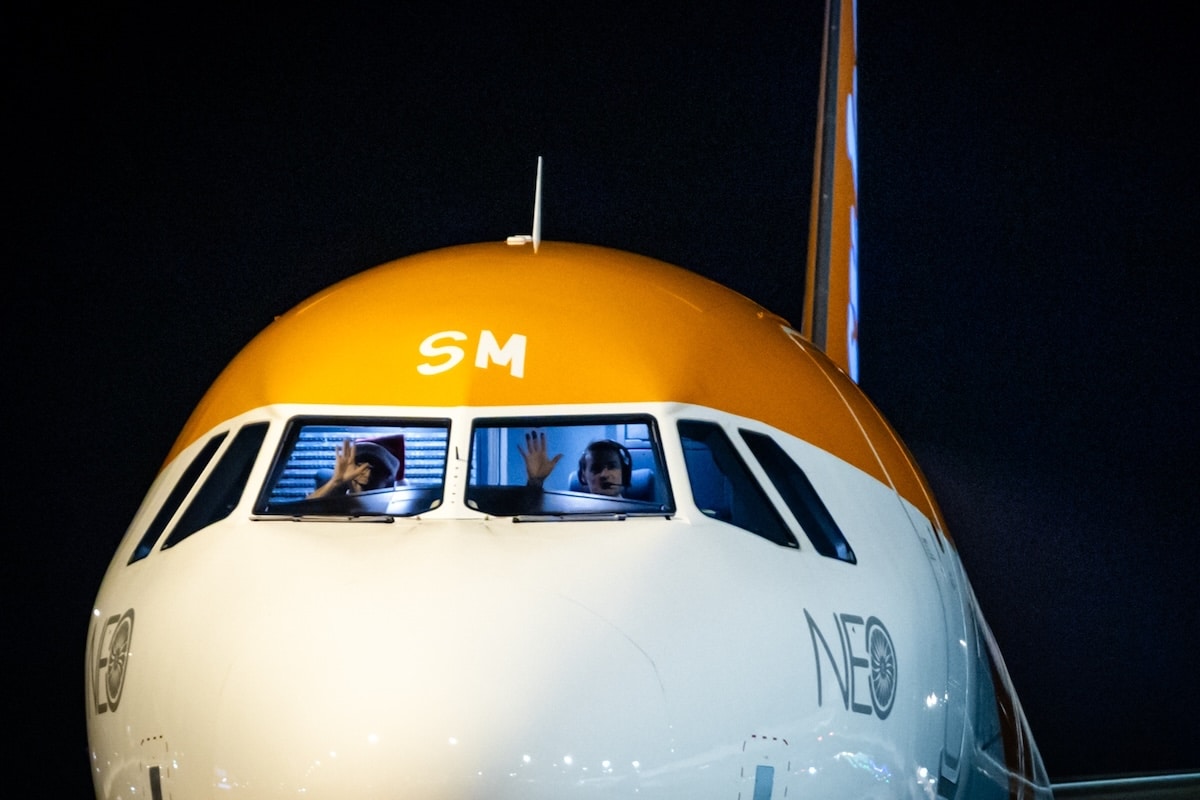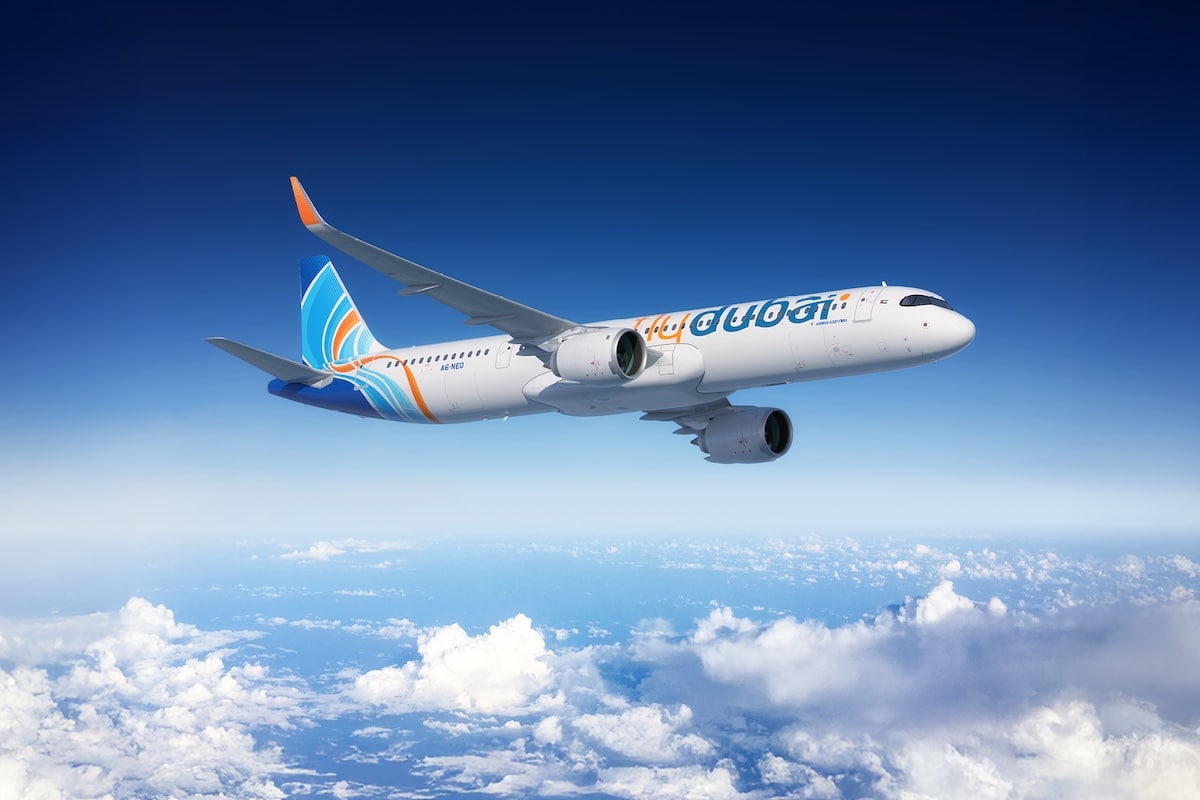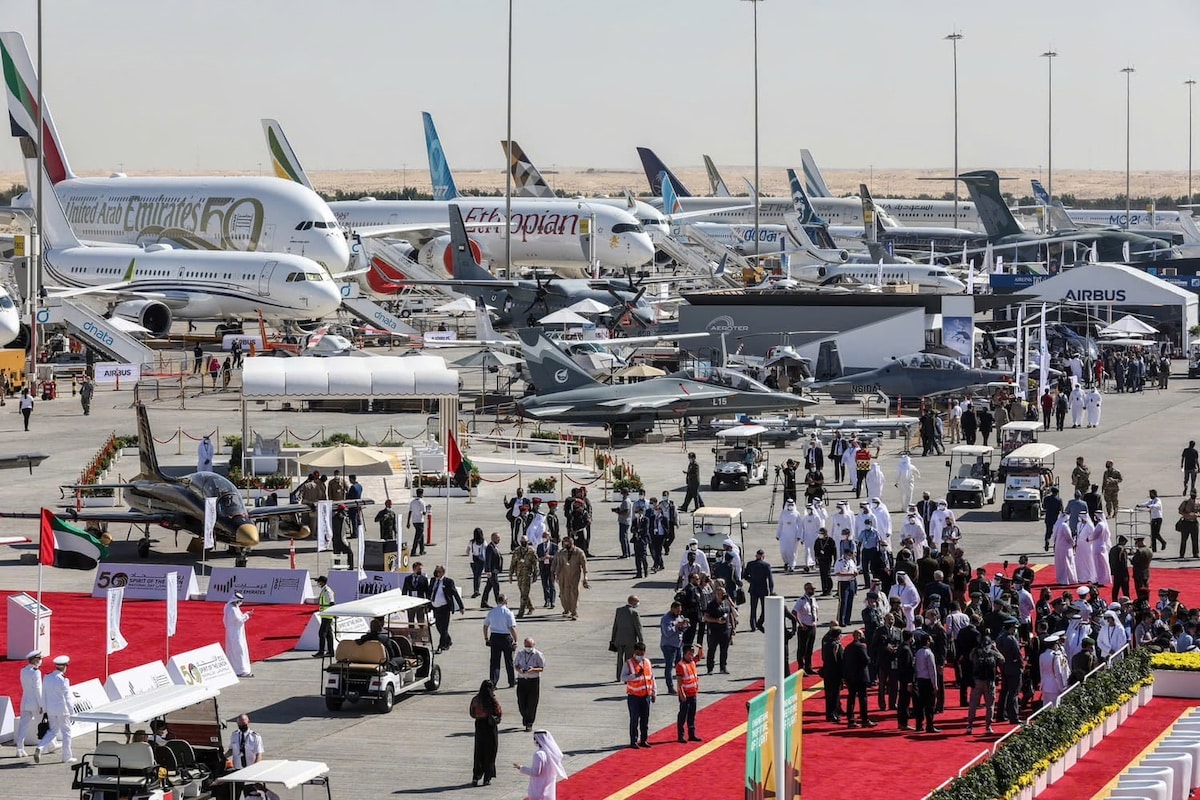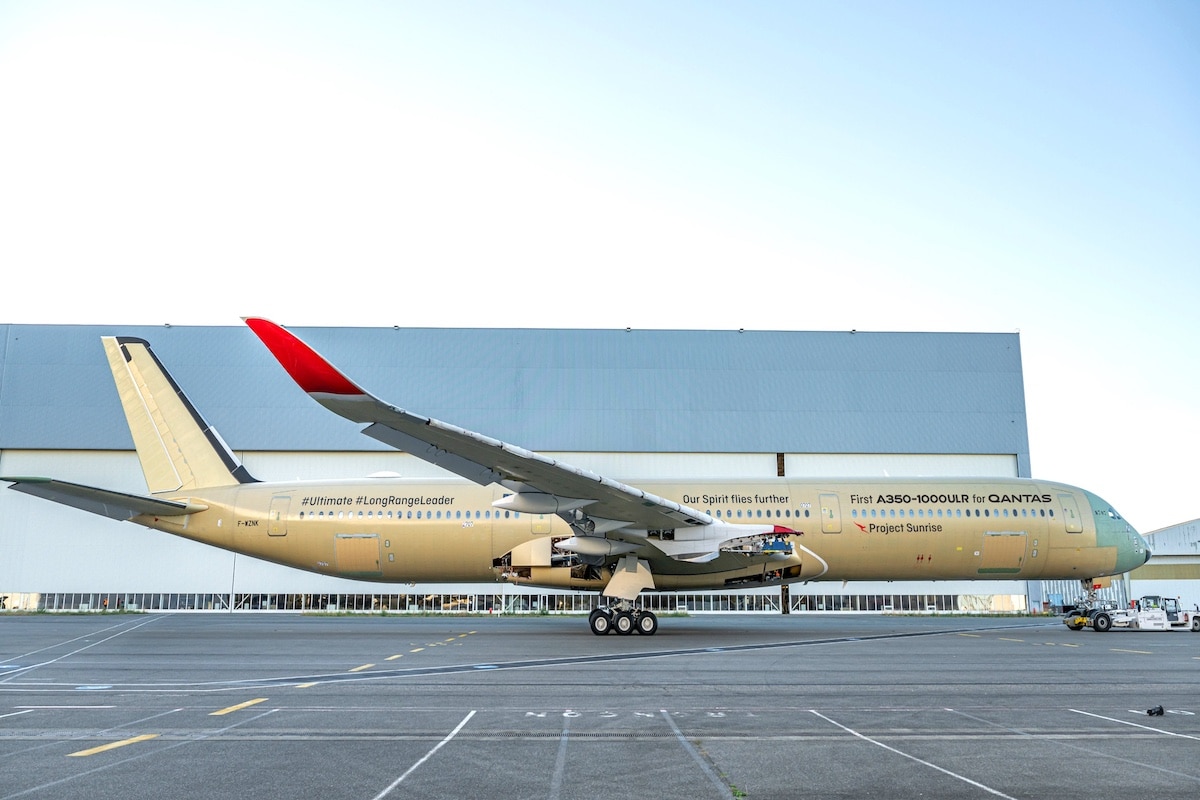Security: USA mandates two cockpit access doors on airplanes

The United States has voted to require companies operating in its airspace to install two security doors on airplanes.
On Friday, August 29, 2025, Southwest Airlines took a symbolic step by becoming the first American airline to put into service a commercial aircraft equipped with a “secondary cockpit barrier,” a security device expected to become common in the coming years.
The inaugural flight was operated by a Boeing 737 MAX 8 recently delivered and already fitted with this “secondary cockpit barrier,” a metallic and lockable partition placed behind the cockpit door. This barrier protects pilots during phases when the main door must be opened — for example, when one of them leaves the cabin for physiological needs (going to the restroom, basically…).
You might be interestedin this article:
A new security standard

This system continues the measures taken after the September 11, 2001, attacks, which led to the widespread adoption of armored cockpit doors. The secondary barrier adds an additional level of protection against any attempted intrusion. In the United States, the Air Line Pilots Association (ALPA), the main pilots’ union, has long advocated for the establishment of such a barrier, asserting that cockpit security remains vulnerable in certain situations.
The Federal Aviation Administration (FAA) adopted this rule in 2023, making this new barrier mandatory on new commercial aircraft certified in the United States. However, companies have until July 2026 to comply.
Boeing and Airbus have already begun integrating this system into their production lines to comply with U.S. regulations. Some companies, particularly American ones, view this measure as an additional assurance of trust for their crews and passengers.
And in Europe?
The FAA’s regulation could have an international ripple effect. On the European side, the European Union Aviation Safety Agency (EASA) has not yet made the secondary barrier mandatory. However, several companies are closely monitoring the American rollout, as the standardization of this type of equipment could eventually become a global norm.
Some European airlines, such as Lufthansa and Air France-KLM, already have strict protocols to protect cockpit access, with blocking procedures and crews mobilized at each door opening. But international security pressures could push Europe to take regulatory action to align its standards with those of the United States.
A dilemma stemming from the Germanwings crash
While the secondary barrier enhances protection against external intrusion, it raises another sensitive question: the risk from within. On March 24, 2015, the intentional crash of flight Germanwings 4U9525 in the French Alps highlighted the danger a pilot already at the controls can represent. The co-pilot had locked the armored cockpit door, preventing access for the captain and the rest of the crew.
Following this tragedy that resulted in 150 deaths (144 passengers and 6 crew members), EASA recommended the so-called “two persons in the cockpit” rule, requiring that at least two crew members be present in the cockpit at all times. This measure was partially relaxed a few years later, as airlines simultaneously strengthened medical and psychological monitoring of their pilots.
Aviation security faces a dilemma: to effectively protect the cockpit from external intrusion while maintaining the capacity to respond to threats from within. A complex balance that will continue to fuel regulators’ thoughts, both in the United States and in Europe. At least until the arrival of 100% autonomous aircraft that will operate without pilots.
We’re not far from that… but mainly for economic reasons.
READ ALSO: The Flying Kremlin, Vladimir Putin’s presidential plane
This page is translated from the original post "Sécurité : les USA imposent deux portes d’accès au cockpit d’avion" in French.
We also suggestthese articles:
Also read






